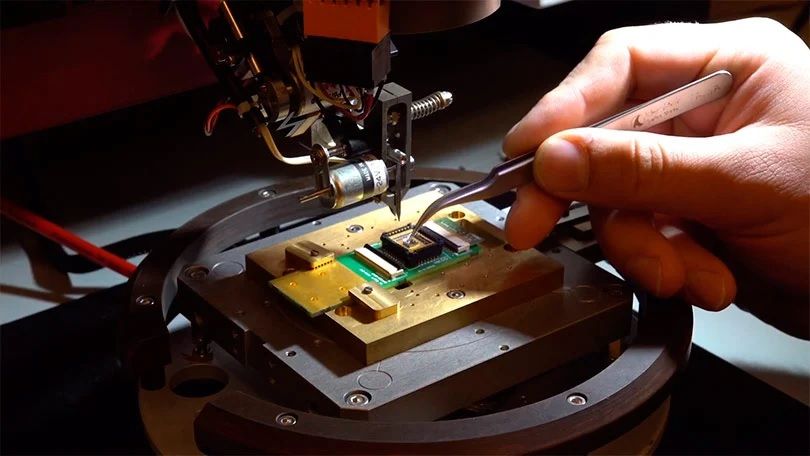Intel announced a new generation of its cryogenic chips for quantum computing this week. Horse Ridge 2 doesn’t bring a big leap forward in new technologies, but it does improve its capabilities and, according to the manufacturer, it makes a big step towards overcoming one of the biggest challenges of quantum computing: scalability.
Scalability is an important factor in traditional computing to achieve a higher level of performance by integrating more processors. This does not work well for cryogenic processors for quantum technology, mainly due to cost, higher power consumption, and heat generated in the cooling system, among other things.
That’s why Intel has developed Horse Ridge with System-on-a-Chip (SoC) logic to integrate more components and simplify system design, making it easier to interconnect components in a scalable manner.
Horse Ridge 2 extends its capabilities
Horse Ridge 2 extends the capabilities of the first generation by adding two new features to develop ways to further integrate external electronic controls into the SoC that operates inside the cryogenic refrigerator:
- Qubit reading: This function provides the ability to read the current state of the quantum bit. Reading is important because it allows the state of the quantum bit on the chip to be detected with low latency and without storing large amounts of data, thus saving memory and energy.
- Multigate pulses: The ability to control the potential of many quantum bit gates simultaneously is fundamental to the effective reading of quantum bits as well as the entanglement and operation of multiple quantum bits, paving the way for a scalable system.
“Horse Ridge 2 further streamlines the control of quantum circuitry, and we expect this advancement to deliver higher fidelity and lower output power, bringing us one step closer to the development of traffic-free quantum integrated circuitry,” said Jim Clarke, director of Quantum Hardware, Component Research Group at Intel.
